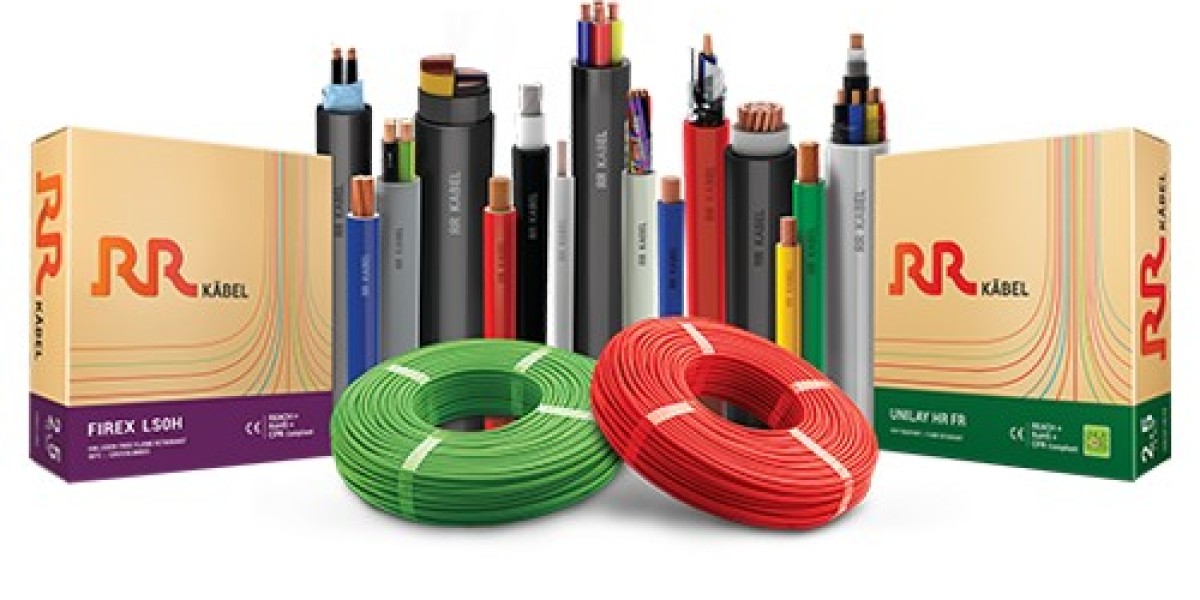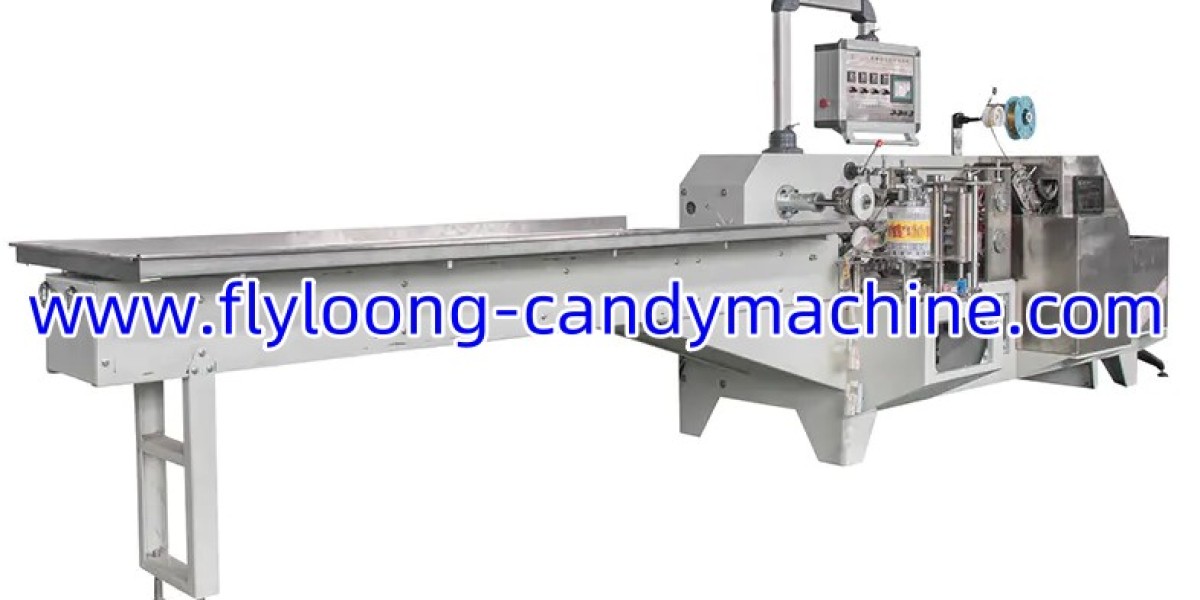Variable Frequency Drive (VFD) panels are essential components in modern electrical systems, playing a crucial role in optimizing energy consumption, enhancing process control, and ensuring operational efficiency. These panels regulate the speed and torque of electric motors, providing significant benefits across various industries. Below, we explore the importance of VFD panels in HVAC, water treatment, manufacturing, and transportation systems.
1. Optimizing HVAC Systems
In heating, ventilation, and air conditioning (HVAC) systems, VFD panels are used to control fans, pumps, and compressors. By adjusting motor speed based on demand, they help reduce energy consumption, lower operational costs, and extend equipment lifespan. Additionally, VFD panels enhance temperature regulation and airflow efficiency, improving indoor air quality and occupant comfort.
2. Enhancing Water Treatment Processes
Water treatment facilities rely on VFD panels to manage pumps and aerators, ensuring precise flow control and pressure regulation. These panels help reduce water hammer effects, minimize energy wastage, and optimize treatment efficiency. By dynamically adjusting motor speeds, VFD panels contribute to more sustainable and cost-effective water treatment operations.
3. Boosting Manufacturing Efficiency
In manufacturing, VFD panels are integral to controlling conveyor belts, robotic systems, and production machinery. They enable smooth acceleration and deceleration of motors, reducing mechanical stress and improving process precision. With the ability to fine-tune motor speeds, manufacturers can enhance product quality, reduce downtime, and achieve significant energy savings.
4. Improving Transportation Infrastructure
VFD panels play a vital role in transportation systems, including escalators, elevators, and electric rail systems. By optimizing motor speed and torque, they ensure smooth operation, enhance passenger safety, and lower energy consumption. In applications like electric vehicle charging stations, VFD panels contribute to efficient power management and grid stability.
5. Energy Savings and Sustainability
One of the most significant advantages of VFD panels is their contribution to energy conservation. By precisely controlling motor speeds, they help industries achieve lower electricity usage, reducing carbon footprints and supporting sustainability initiatives. Many governments and organizations incentivize the adoption of VFD technology as part of energy efficiency programs.
6. Reducing Equipment Wear and Maintenance Costs
VFD panels extend the lifespan of motors and connected equipment by eliminating sudden starts and stops. Soft-start and soft-stop features reduce mechanical wear, decreasing the need for frequent maintenance and minimizing unplanned downtime. This leads to long-term cost savings and improved reliability of industrial processes.
7. Integration with Smart Automation Systems
Modern VFD panels can be integrated with SCADA (Supervisory Control and Data Acquisition) and IoT (Internet of Things) platforms for real-time monitoring and remote control. This allows facility managers to track performance metrics, diagnose potential issues early, and optimize operational efficiency from centralized control systems.
8. Compliance with Industry Regulations
Industries must comply with stringent energy and safety regulations. VFD panels help organizations meet these requirements by improving energy efficiency, reducing harmonic distortions, and ensuring precise motor control. Compliance with standards such as IEEE, NEC, and IEC enhances reliability and operational safety.
9. Customization and Scalability for Various Applications
VFD panels come in a variety of configurations to meet different industrial needs. From small-scale applications in commercial buildings to large-scale industrial plants, VFD panels can be customized for specific voltage, load, and environmental conditions. Their modular design allows easy scalability for future expansion.
10. Long-Term Cost Benefits and ROI
Although VFD panels require an initial investment, their long-term financial benefits outweigh the costs. Energy savings, reduced maintenance expenses, and improved process efficiency contribute to a strong return on investment (ROI). Businesses that implement VFD technology can achieve significant cost reductions while improving operational performance.
Conclusion
VFD panels are indispensable in modern electrical systems, offering energy-efficient motor control solutions across HVAC, water treatment, manufacturing, and transportation industries. By enhancing process control, reducing energy consumption, and improving system reliability, these panels help organizations achieve sustainability goals while optimizing performance. Investing in high-quality VFD panels ensures long-term cost savings and enhanced efficiency, making them a critical component of industrial and commercial operations.
Why Lapp Cables Are the Best Choice for Your Building Projects
How Schneider Electric Solutions Enhance Infrastructure Efficiency and Reliability



